Home>Gardening & Outdoor>Landscaping Ideas>How To Get Rid Of Prickly Grass
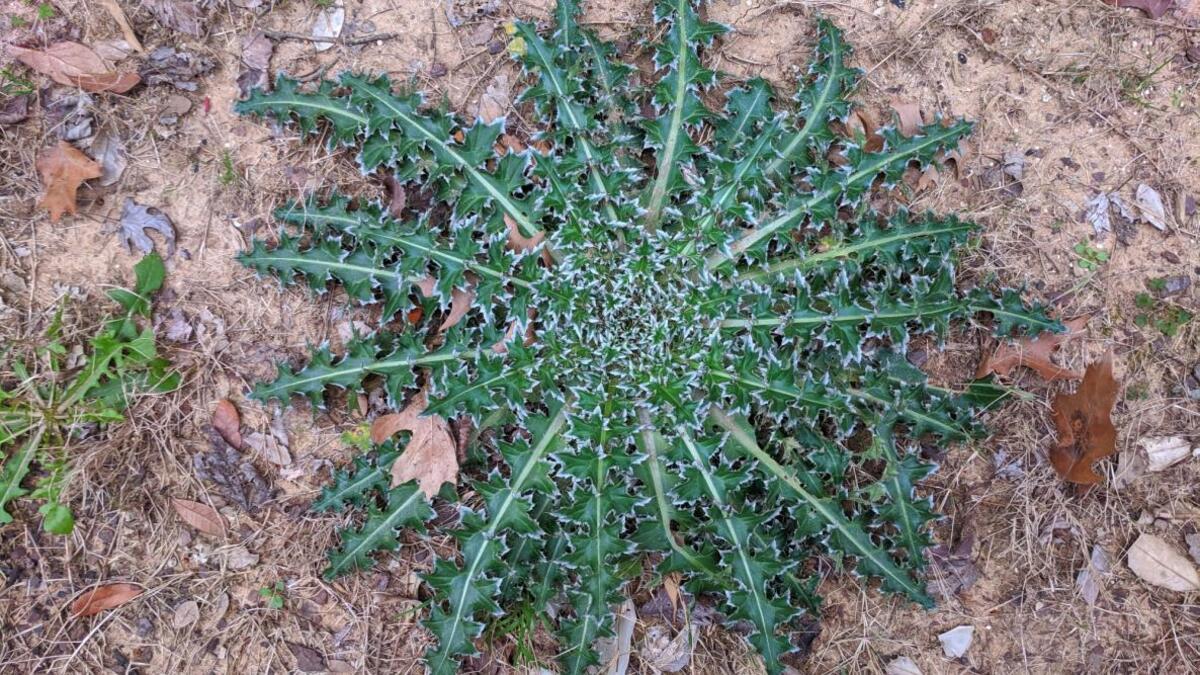

Landscaping Ideas
How To Get Rid Of Prickly Grass
Modified: April 1, 2024
Discover effective landscaping ideas to eliminate prickly grass and achieve a pristine outdoor space. Explore expert tips and solutions for a lush, weed-free lawn.
(Many of the links in this article redirect to a specific reviewed product. Your purchase of these products through affiliate links helps to generate commission for Storables.com, at no extra cost. Learn more)
Introduction
Are you tired of prickly grass invading your lawn or garden, making it a painful experience to walk barefoot or tend to your plants? Fear not, for there are effective methods for removing this bothersome plant and preventing its re-growth. In this comprehensive guide, we will explore the various strategies for getting rid of prickly grass, allowing you to reclaim your outdoor space and enjoy a lush, prickly-grass-free landscape.
Prickly grass, also known as Cenchrus longispinus or sandbur, is a common nuisance in many lawns and gardens. This invasive plant produces sharp, spiky seed heads that can cause discomfort and injury to both humans and pets. Its ability to rapidly spread and take over open areas makes it a formidable foe for anyone seeking a well-manicured outdoor environment.
In the following sections, we will delve into the nature of prickly grass, understanding its growth patterns and characteristics. We will then explore a range of methods for removing prickly grass, including both chemical and natural control options. Additionally, we will discuss preventive measures to hinder the re-growth of prickly grass, ensuring that your efforts yield long-lasting results.
By the end of this guide, you will be equipped with the knowledge and strategies necessary to effectively combat prickly grass and restore the beauty and safety of your outdoor space. Let's embark on this journey to reclaim your landscape from the clutches of prickly grass!
Key Takeaways:
- Say goodbye to prickly grass by hand pulling, mowing, using herbicides, or natural methods like vinegar and boiling water. Prevent regrowth with regular maintenance and healthy soil practices.
- Reclaim your outdoor space from prickly grass with a combination of removal methods and preventive measures. Embrace natural alternatives and enjoy a lush, weed-free landscape.
Read more: How To Get Rid Of Grasshoppers
Understanding Prickly Grass
Before delving into the methods for eradicating prickly grass, it is crucial to understand the nature of this resilient plant. Prickly grass, scientifically known as Cenchrus longispinus, is a warm-season annual grass that thrives in open, sunny areas with well-drained soil. Its distinctive feature is the formation of spiky seed heads, often referred to as burrs, which can cause discomfort and injury upon contact.
Prickly grass reproduces through seeds, which are dispersed through various means, including wind, animals, and human activity. Once established, this invasive plant rapidly spreads, creating dense patches that choke out desirable grasses and plants. Its ability to thrive in diverse soil types and climates makes it a persistent adversary for gardeners and homeowners alike.
Identifying prickly grass is essential for effective control. The plant typically grows in clumps and features flat, broad leaves and characteristic seed heads covered in sharp, barbed bristles. These seed heads easily attach to clothing, fur, and footwear, facilitating their spread to new areas. Understanding the life cycle of prickly grass, from germination to seed production, is key to implementing targeted removal and prevention strategies.
By comprehending the growth habits and distinguishing features of prickly grass, you can better assess the extent of infestation in your landscape and tailor your approach to combatting this persistent weed. Armed with this knowledge, you are ready to explore the diverse methods for removing prickly grass and reclaiming your outdoor space from this prickly intruder.
Methods for Removing Prickly Grass
When it comes to eliminating prickly grass from your lawn or garden, several effective methods can be employed. Each approach offers its own advantages, and the best strategy often involves a combination of techniques to ensure thorough eradication. Let’s explore these methods in detail:
1. Hand Pulling
For small infestations or isolated patches of prickly grass, hand pulling can be an effective and environmentally friendly method of removal. Ensure that you wear gloves to protect your hands from the sharp seed heads. Gently grasp the base of the plant and pull upward, ensuring that the entire root system is removed to prevent regrowth.
2. Mowing and Trimming
Regular mowing and trimming can help control prickly grass by preventing it from producing seed heads and spreading further. Set your mower to a low setting to cut the grass close to the ground, reducing the chances of seed production. Be sure to dispose of the clippings in sealed bags to prevent the spread of seeds.
Read more: How To Get Rid Of Crabgrass
3. Herbicides
Selective herbicides formulated specifically for grassy weeds can be effective in targeting prickly grass while minimizing harm to desirable plants. Follow the application instructions carefully, and consider spot-treating affected areas to limit the use of chemicals in your landscape.
4. Soil Solarization
Soil solarization is a natural method that involves covering the affected area with clear plastic to harness the sun’s heat and eliminate weed seeds, including those of prickly grass. This technique is particularly effective in warm climates and during the summer months.
5. Mulching
Applying a thick layer of organic mulch, such as wood chips or straw, can smother prickly grass and inhibit its growth. Mulch also helps retain soil moisture and suppress weed emergence, contributing to the overall health of your landscape.
By employing a combination of these methods, tailored to the extent of the infestation and the specific characteristics of your landscape, you can effectively remove prickly grass and prevent its re-establishment. In the following sections, we will explore chemical and natural control options in greater detail, providing you with a comprehensive toolkit for combating this persistent weed.
Chemical Control Options
When faced with a widespread or persistent infestation of prickly grass, chemical control options can provide targeted and efficient eradication. It is important to approach the use of herbicides with caution, following all safety guidelines and considering the potential impact on the surrounding environment. Here are some effective chemical control options for combating prickly grass:
Read more: How To Get Rid Of Monkey Grass
1. Selective Herbicides
Selective herbicides designed to target grassy weeds, such as those containing the active ingredient sethoxydim or fluazifop, can effectively control prickly grass while minimizing harm to desirable broadleaf plants. These herbicides disrupt the growth processes specific to grasses, making them a valuable tool in managing prickly grass infestations.
2. Pre-Emergent Herbicides
Pre-emergent herbicides, applied before weed seeds germinate, can prevent the establishment of prickly grass in your lawn or garden. Look for products containing dithiopyr or prodiamine, which create a barrier in the soil, inhibiting the growth of weed seeds and reducing the need for post-emergent treatments.
3. Spot Treatment
For localized or scattered patches of prickly grass, spot treatment with a targeted herbicide can effectively control the infestation without the need for widespread application. Use a ready-to-use herbicide or dilute a concentrated formula according to the manufacturer’s instructions, and apply directly to the foliage of the weed, minimizing contact with surrounding plants.
4. Post-Emergent Herbicides
Post-emergent herbicides, such as those containing the active ingredient glyphosate, can be used to target established prickly grass. Exercise caution when using these products, as they can harm desirable plants on contact. Apply them selectively to the foliage of the weed, taking care to avoid drift and overspray.
Before using any herbicide, carefully read and follow the label instructions, taking note of application rates, timing, and safety precautions. Consider consulting with a professional landscaper or horticulturist to determine the most suitable herbicide for your specific situation and to ensure proper application techniques.
While chemical control options can be effective in managing prickly grass infestations, it is important to weigh the potential risks and benefits, and to consider alternative, natural control methods that align with your environmental and safety preferences. In the following section, we will explore natural control options for combating prickly grass, providing you with a holistic approach to weed management.
Read more: How To Get Rid Of Grass Fleas
Natural Control Options
For those seeking environmentally friendly and sustainable methods to combat prickly grass, natural control options offer effective alternatives to chemical treatments. These methods harness the power of nature to suppress weed growth and promote a healthy, resilient landscape. Let’s explore some natural control options for managing prickly grass:
1. Hand Digging and Smothering
Hand digging, especially in smaller areas, can effectively remove prickly grass while minimizing environmental impact. Ensure that the entire root system is extracted to prevent regrowth. Additionally, smothering the affected area with heavy black plastic or cardboard can deprive the weed of light and hinder its growth.
2. Vinegar Solution
A natural weed killer can be created using household vinegar. With its high acidity, vinegar can be sprayed on the foliage of prickly grass to desiccate and kill the plant. Exercise caution when using vinegar, as it can harm desirable plants upon contact. Consider spot-treating affected areas to minimize unintended damage.
3. Boiling Water Treatment
Boiling water can be a simple yet effective method for eradicating prickly grass. Carefully pour boiling water directly onto the weed, ensuring that the heat reaches the root system. This method is best suited for spot treatments and should be used with caution to avoid injury.
Read more: How To Get Rid Of Grass In The Garden
4. Organic Herbicidal Soap
Organic herbicidal soaps, derived from natural fatty acids, can be used to target prickly grass and other weeds. These soaps disrupt the cellular structure of the plant’s foliage, leading to dehydration and eventual demise. Apply the solution carefully to avoid contact with desirable plants.
5. Cultural Practices
Promoting a healthy and robust lawn or garden through proper cultural practices, such as regular watering, mowing at the appropriate height, and promoting soil fertility, can help suppress weed growth, including that of prickly grass. A well-nourished and well-maintained landscape is better equipped to outcompete invasive weeds.
By incorporating these natural control options into your weed management strategy, you can effectively combat prickly grass while minimizing the use of synthetic chemicals and supporting a more sustainable approach to landscaping. In the following section, we will explore preventive measures to hinder the re-growth of prickly grass, ensuring long-term success in maintaining a healthy and vibrant outdoor space.
Preventing Prickly Grass Re-Growth
After successfully removing prickly grass from your landscape, it is essential to implement preventive measures to thwart its re-growth and ensure long-lasting control. By incorporating proactive strategies, you can safeguard your lawn or garden against the return of this persistent weed. Let’s explore effective methods for preventing prickly grass re-growth:
1. Regular Inspection and Maintenance
Consistent monitoring of your lawn and garden allows for early detection of any potential prickly grass regrowth. Conduct regular inspections, paying close attention to areas where the weed was previously prevalent. Promptly remove any emerging prickly grass plants to prevent them from establishing a foothold.
Read more: How To Get Rid Of Grass Mites
2. Proper Lawn Care Practices
Maintaining a healthy and dense stand of desirable grasses can help outcompete and suppress the growth of prickly grass. Implement proper lawn care practices, including regular watering, fertilization, and mowing at the appropriate height, to promote the vigor of your lawn and minimize opportunities for weed establishment.
3. Mulching and Landscape Fabric
Utilize organic mulches, such as wood chips or straw, to cover bare soil and inhibit the germination and growth of prickly grass seeds. Additionally, landscape fabric can be employed in garden beds and other landscaped areas to create a barrier that prevents weed emergence.
4. Targeted Weed Control
Regularly inspect your landscape for any signs of prickly grass regrowth, and promptly address any emerging plants through targeted removal or spot treatments. By staying vigilant and addressing potential re-growth early on, you can prevent the weed from spreading and establishing a new foothold.
5. Soil Health Management
Improving soil health through practices such as aeration, proper drainage, and the addition of organic matter can contribute to the overall resilience of your landscape. Healthy, well-structured soil provides an optimal environment for desirable plants while hindering the establishment of invasive weeds like prickly grass.
By integrating these preventive measures into your landscaping routine, you can effectively hinder the re-growth of prickly grass and maintain a vibrant, weed-free outdoor space. Consistency and attention to detail are key in preventing the resurgence of this persistent weed, allowing you to enjoy a lush and pristine landscape for years to come.
Read more: How To Get Rid Of Grass Itch
Conclusion
In the battle against prickly grass, arming yourself with knowledge and a diverse set of strategies is paramount to achieving successful control and long-term management. By understanding the nature of prickly grass and its growth habits, you can tailor your approach to effectively combat this invasive weed.
Whether you opt for hand pulling, natural control methods, or targeted herbicide applications, the key lies in thoroughness and consistency. Removing prickly grass and preventing its re-growth requires diligence and a proactive mindset. By implementing preventive measures and maintaining the health of your landscape, you can create an environment that is inhospitable to invasive weeds, including prickly grass.
It is important to consider the environmental impact of the control methods you choose, striving for a balance between effective weed management and the preservation of a healthy ecosystem. Natural control options offer sustainable alternatives to synthetic chemicals, promoting a more harmonious relationship between your landscape and the surrounding environment.
Ultimately, reclaiming your outdoor space from the clutches of prickly grass is a rewarding endeavor that yields a lush, inviting landscape for you and your family to enjoy. By combining the insights and strategies outlined in this guide, you are equipped to tackle the challenge of prickly grass with confidence and determination.
As you embark on this journey to rid your lawn or garden of prickly grass, remember that persistence and a holistic approach are key to achieving lasting success. With your newfound knowledge and a proactive mindset, you are well-prepared to transform your outdoor space into a thriving, prickly-grass-free haven.
Now, go forth and reclaim your landscape from the clutches of prickly grass, and revel in the beauty and safety of your revitalized outdoor sanctuary.
Frequently Asked Questions about How To Get Rid Of Prickly Grass
Was this page helpful?
At Storables.com, we guarantee accurate and reliable information. Our content, validated by Expert Board Contributors, is crafted following stringent Editorial Policies. We're committed to providing you with well-researched, expert-backed insights for all your informational needs.


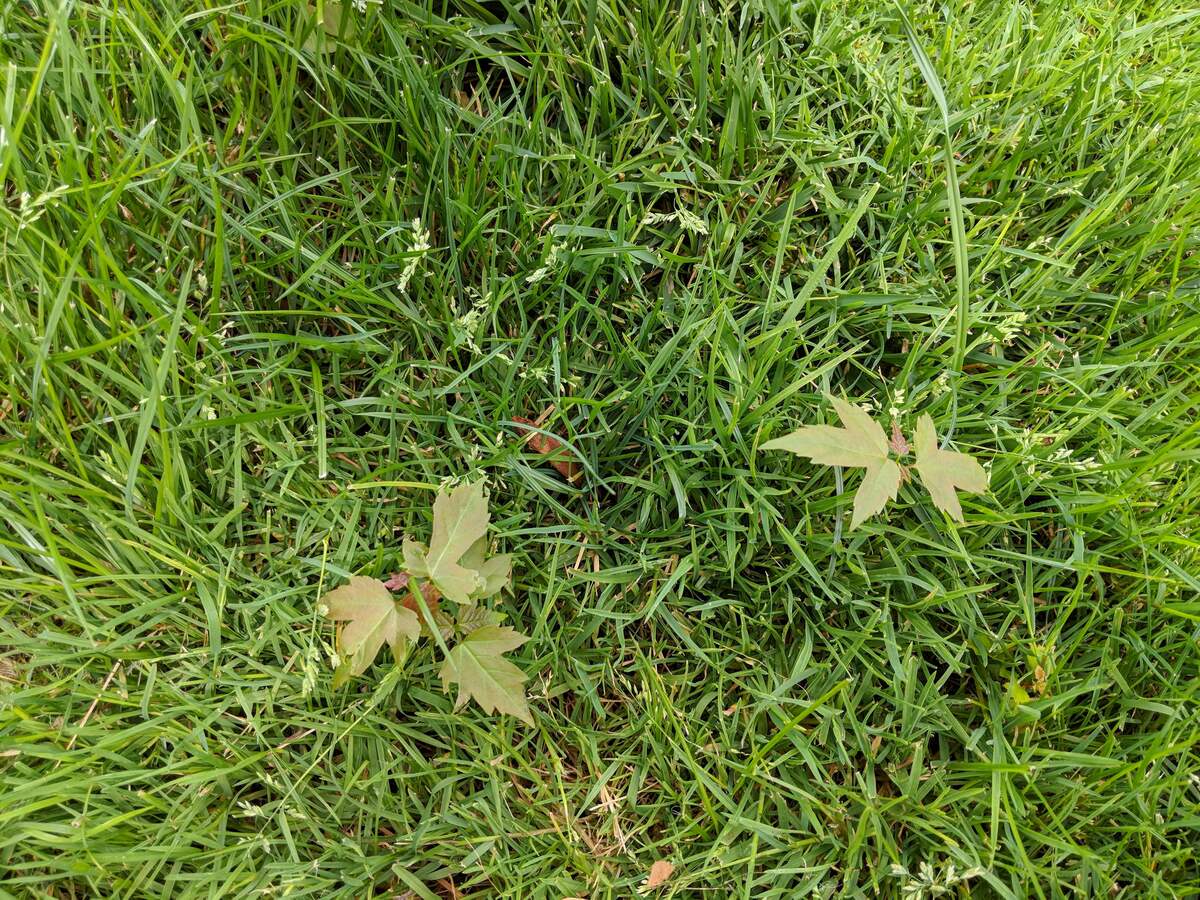
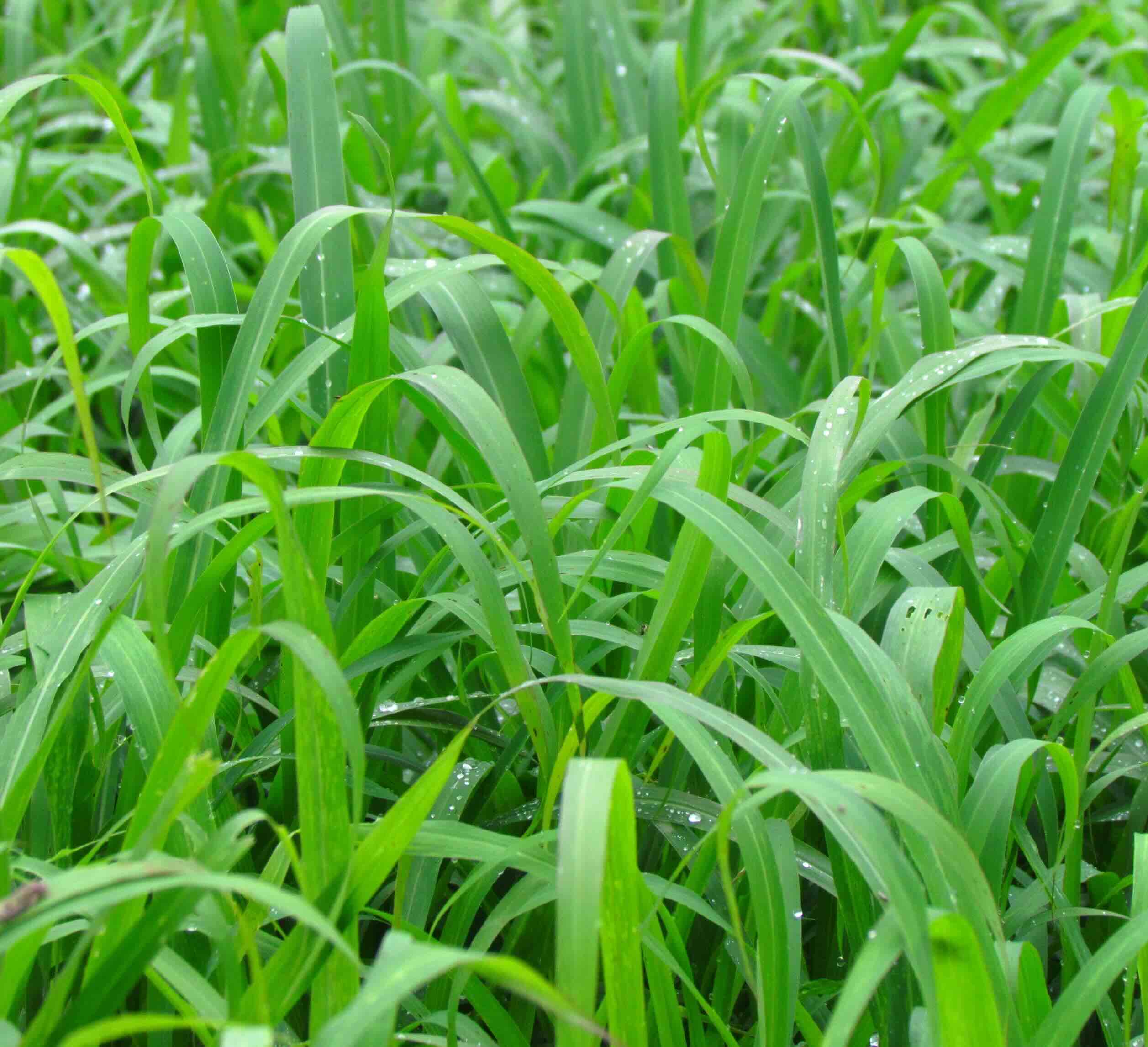
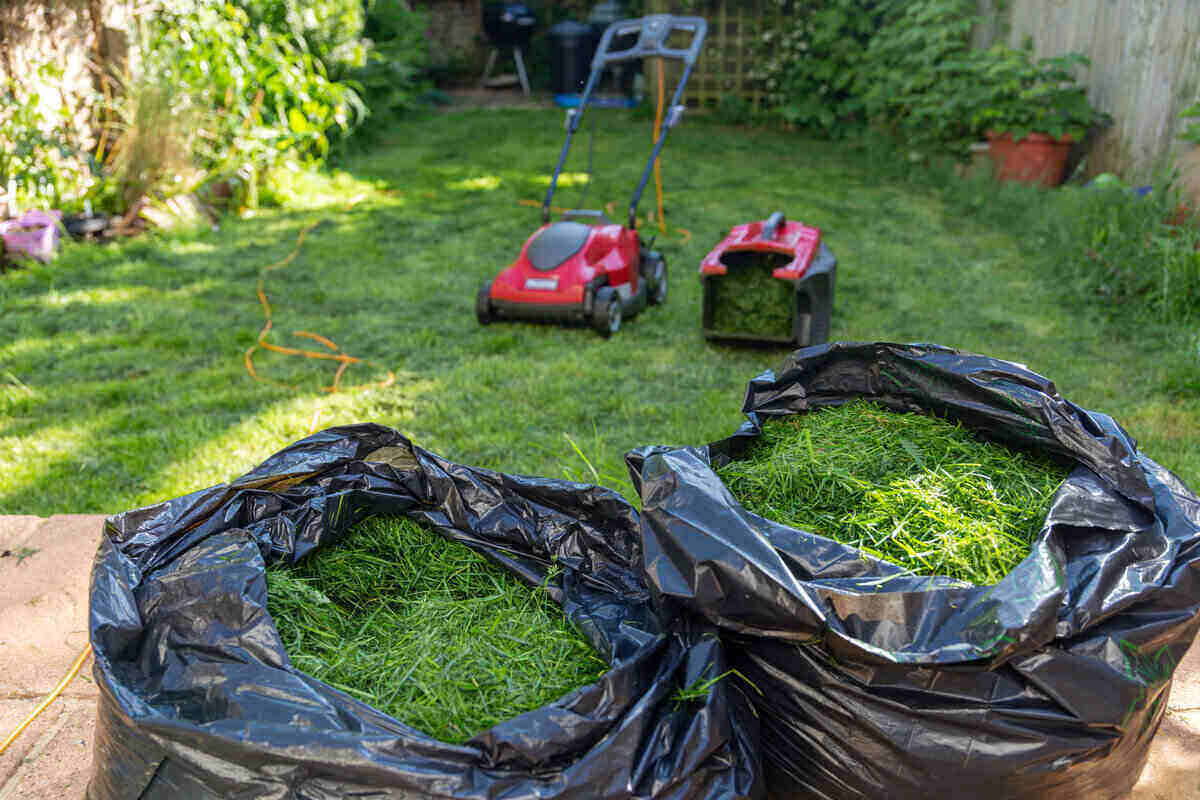

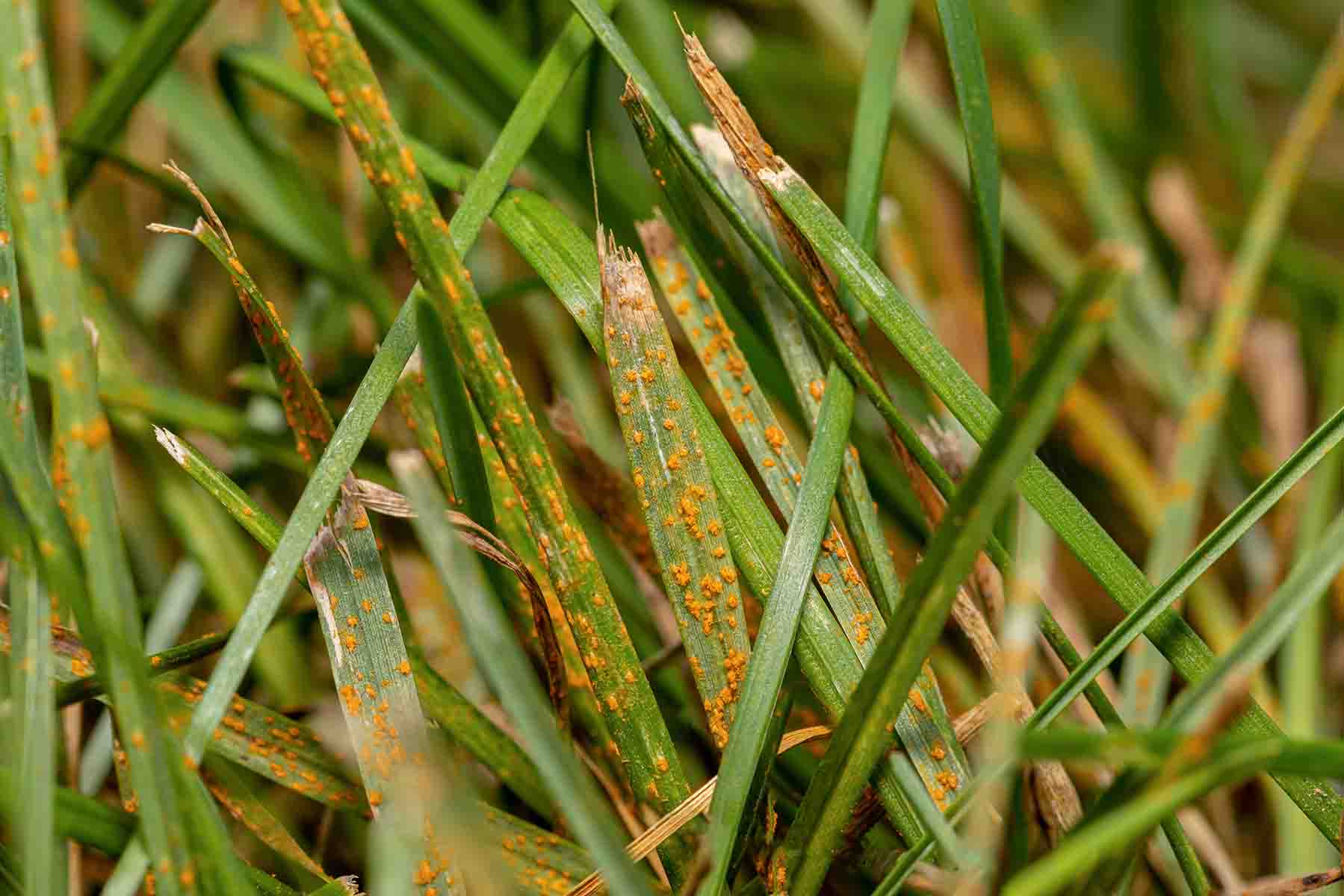
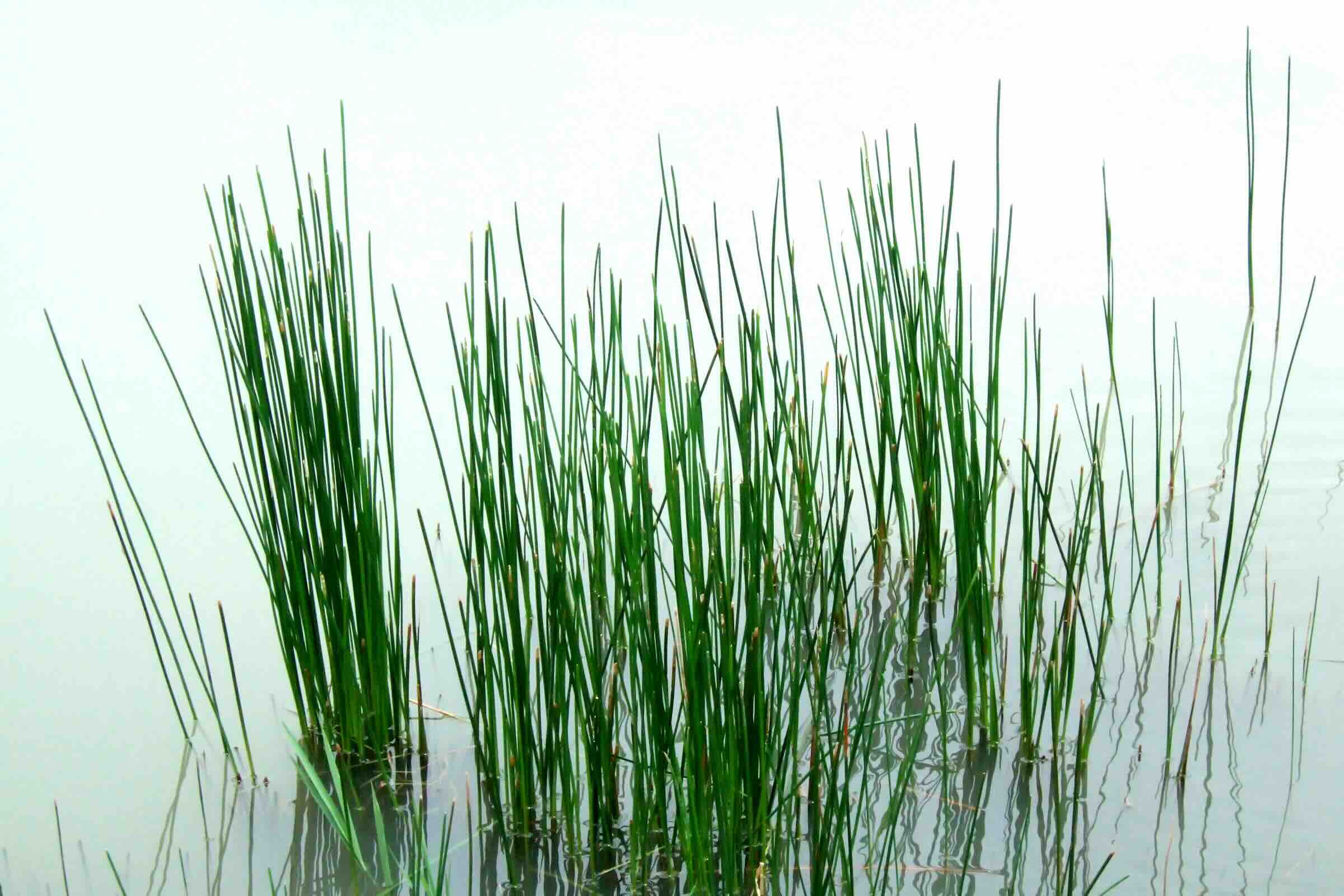
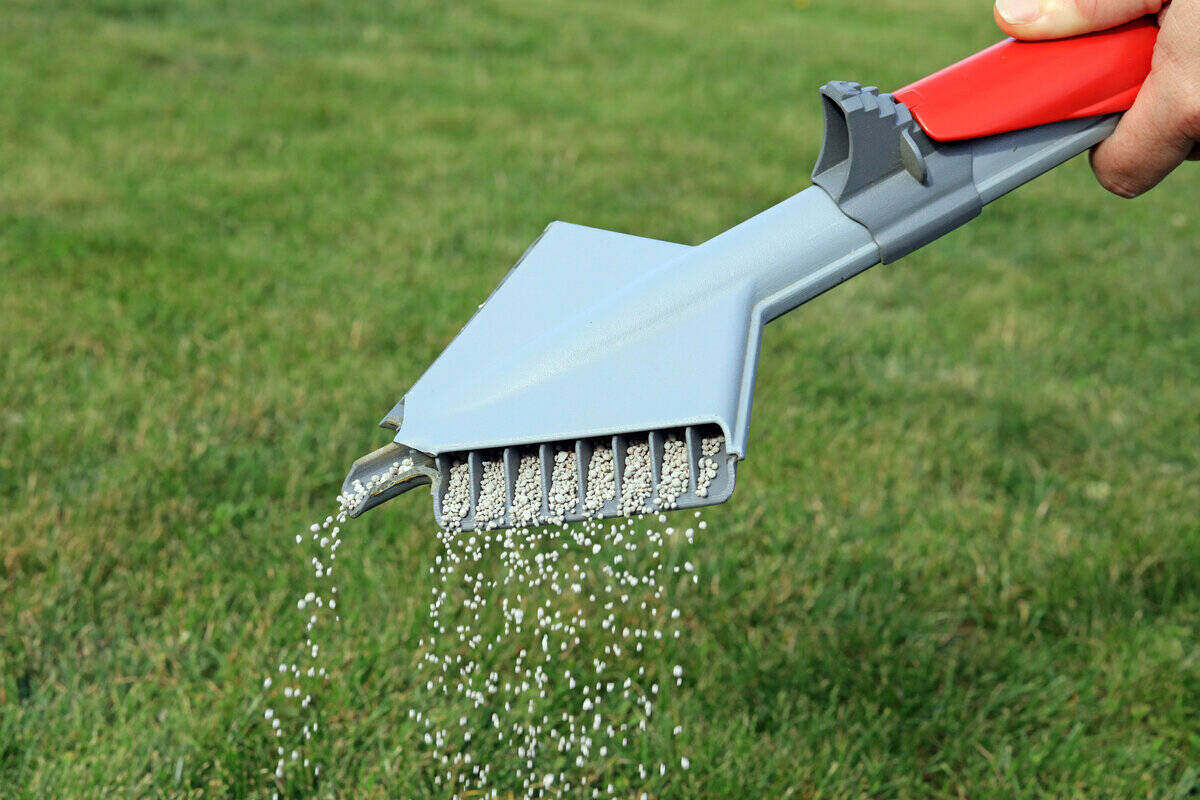

0 thoughts on “How To Get Rid Of Prickly Grass”